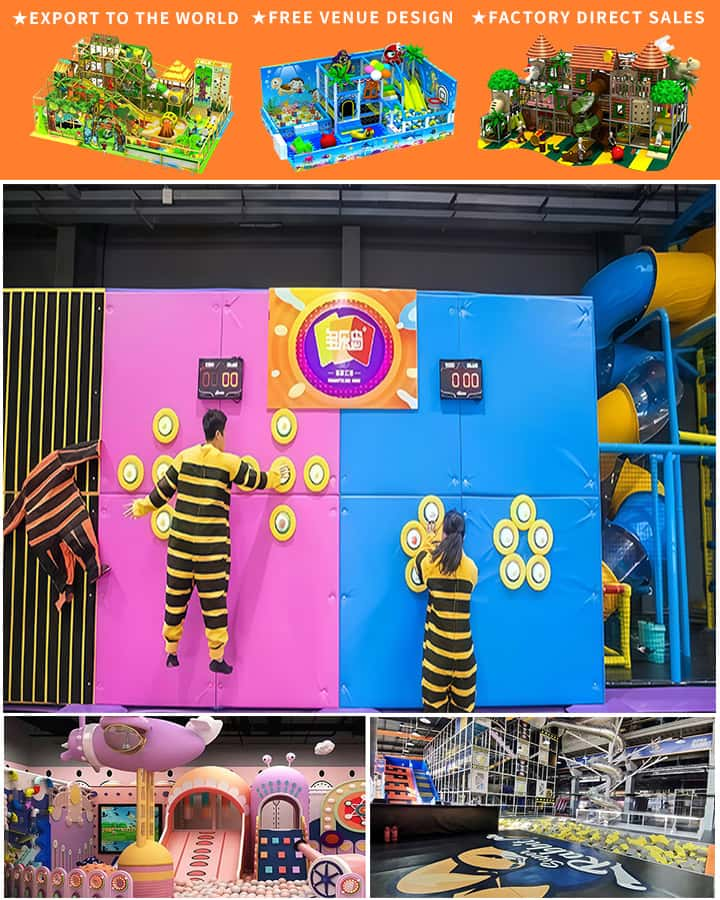Playgrounds are an essential part of childhood, providing a space for children to explore, play, and develop physical and social skills. Understanding the names of various playground equipment can help parents, educators, and caretakers ensure that the playground is both safe and enjoyable for all children. This article presents a detailed list of common playground equipment names, categorized by their function and type.
Swings
Traditional Swings
- Single Swing: A basic swing that accommodates one child at a time.
- Double Swing: Consists of two seats side by side, allowing two children to swing simultaneously.
- Baby Swing: Designed specifically for infants and toddlers with safety harnesses.
Specialty Swings
- Tire Swing: Made from an old tire and suspended by ropes or chains.
- Disc Swing: A circular disc that offers a unique swinging motion.
- Adaptive Swing: Customized swings designed for children with disabilities.
Slides
Standard Slides
- Straight Slide: The most basic type, featuring a straightforward descent from top to bottom.
- Wave Slide: Features multiple gentle waves or curves along the descent.
- Spiral Slide: Twists around a central axis, often taller and more exciting.
Themed Slides
- Firehouse Pole Slide: Combines a slide with a pole for added fun.
- Tunnel Slide: Enclosed slides that can be straight or curved.
- Side-by-Side Slide: Allows two children to slide down together, fostering social play.

Climbing Structures
Freestanding Climbers
- Rock Climbing Wall: Offers a challenge with handholds and footholds to mimic real rock climbing.
- Ladder Climber: Simple ladder design suitable for younger children.
- Step Climber: Features steps and platforms at varying heights.
Integrated Climbing Structures
- Jungle Gym: A large structure with interconnected bars, ropes, and platforms.
- Playground Tower: Elevated structures with ladders, steps, and bridges.
- Cargo Net: A netted structure that children can climb over and through.
Spinning Equipment
Carousel Rides
- Merry-Go-Round: Typically features animal figures that spin around a central axis.
- Spinner Bowl: A bowl-shaped structure that spins when children push or turn it.
- Teeter-Totter (Seesaw): Classic spinning equipment where children sit on either end and balance.
Rotating Platforms
- Rotary Play Equipment: Similar to merry-go-rounds but may feature different themes such as cars or boats.
- Spring Rockers: Equipment that rocks back and forth on a spring mechanism.
Balancing Equipment
Beam Walks
- Balance Beam: Narrow beam elevated off the ground that challenges children’s balance skills.
- Curved Balance Beam: Adds an extra layer of difficulty with its curved shape.
Stability Discs
- Balance Disc: A round platform that wobbles, encouraging children to maintain balance.
- Wobble Board: Similar to balance discs but often has handles for added safety.
Interactive Play Elements
Musical Instruments
- Playground Drums: Large drums mounted on the ground that produce sound when struck.
- Xylophone: Outdoor musical instrument with wooden keys that create different tones.
- Marimba: Similar to a xylophone but larger and often enclosed in a box.
Sensory Play Equipment
- Sandbox: Shaped area filled with sand for digging and building.
- Water Table: Interactive table with water features for pouring and exploring.
- Textured Pathway: Ground surface with different textures for tactile exploration.
Safety Considerations
When selecting playground equipment, it’s crucial to consider the following safety aspects:
- Age Appropriateness: Ensure the equipment suits the age and developmental stage of the children using it.
- Maintenance: Regularly inspect and maintain equipment to prevent wear and tear.
- Surfacing: Use soft, shock-absorbing materials like rubber mats or wood chips under equipment to cushion falls.
- Supervision: Always supervise children while they use playground equipment to prevent accidents.
In conclusion, understanding the names and types of playground equipment is vital for ensuring a safe and enjoyable play environment for children. By familiarizing ourselves with this comprehensive list, we can better appreciate the diversity of equipment available and make informed choices to enhance any playground experience.




